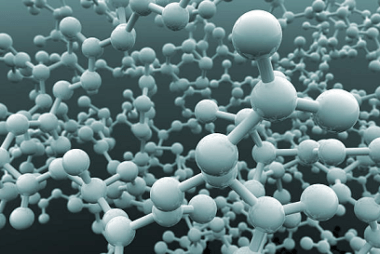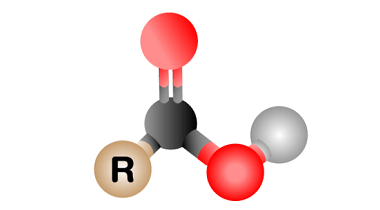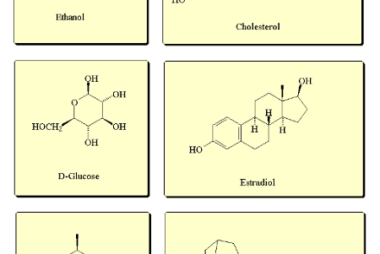Nitro
Nitro can refer to several things depending on the context, but some possible meanings are: What is Required Practical Organic Chemistry Nitro The Required Practical Organic Chemistry Nitro is a practical experiment that is commonly performed by students studying organic chemistry in secondary education or university. The experiment involves the preparation of a nitro compound,…






